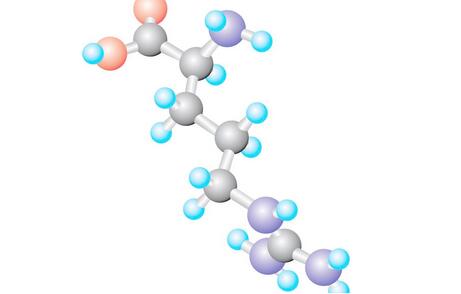
Cancer cells are notorious for their ability to divide uncontrollably and generate hordes of new tumor cells. Most of the fuel consumed by these rapidly proliferating cells is glucose, a type of sugar. Scientists had believed that most of the cell mass that makes up new cells, including cancer cells, comes from that glucose. However, MIT biologists have now found, to their surprise, that the largest source for new cell material is amino acids, which cells consume in much smaller quantities.The findings offer a new way to look at cancer cell metabolism, a field of research that scientists hope will yield new drugs that cut off cancer cells' ability to grow and divideand thus cure cancer radically.
Matthew Vander Heiden, a researcher from MIT, noted that if you want to successfully target cancer metabolism, you need to understand something about how different pathways are being used to actually make mass.
What does the cell consume?
Since the 1920s, scientists have known that cancer cells generate energy differently than normal cells, a phenomenon dubbed the "Warburg effect" after its discoverer, German biochemist Otto Warburg. Human cells normally use glucose as an energy source, breaking it down through a series of complex chemical reactions that requires oxygen. Warburg discovered that tumor cells switch to a less efficient metabolic strategy known as fermentation, which does not require oxygen and produces much less energy.
More recently, scientists have theorized that cancer cells use this alternative pathway to create building blocks for new cells. However, one strike against this hypothesis is that much of the glucose is converted into lactate, a waste product that is not useful to cells. Furthermore, there has been very little research on exactly what goes into the composition of new cancer cells or any kind of rapidly dividing mammalian cells.Because mammals eat such a diversity of foods, it seemed like an unanswered question about which foods contribute to what parts of mass.
To determine where cells, including those in tumors, were getting the building blocks they needed, the researchers grew several different types of cancer cells and normal cells in culture dishes. They fed the cells different nutrients labeled with variant forms of carbon and nitrogen, allowing them to track where the original molecules ended up. They also weighed the cells before and after they divided, enabling them to calculate the percentage of cell mass contributed by each of the available nutrients.
Although cells consume glucose and the amino acid glutamine at very high rates, the researchers found that those two molecules contribute little to the mass of new cells—glucose accounts for 10 to 15 percent of the carbon found in the cells, while glutamine contributes about 10 percent of the carbon. Instead, the largest contributors to cell mass were amino acids, which make up proteins. As a group, amino acids (excluding glutamine) contribute the majority of the carbon atoms found in new cells and 20 to 40 percent of the total mass.
Researchers have shown that there's some economy in utilizing the simpler, more direct route to build what you're made out of. If you want to build a house out of bricks, it's easier if you have a pile of bricks around and use those bricks than to start with mud and make new bricks.
Refocusing Warburg effect
Why proliferating human cells consume so much glucose?
Consistent with previous studies, the researchers found that most of the glucose burned by these cells is excreted as lactate. Hence, researchers believe that the importance of high glucose consumption is not necessarily the manipulation of carbon that allows you to make cell mass, but more for the other products that it provides, such as energy.
At present, the researchersare now pursuing a more comprehensive understanding of how the Warburg effect may help cells reproduce. They believe that it isn't necessarily about how the Warburg effect helps cells put glucose into cell mass, but more about why does glucose-to-lactate conversion help cells use amino acids to build more cells.